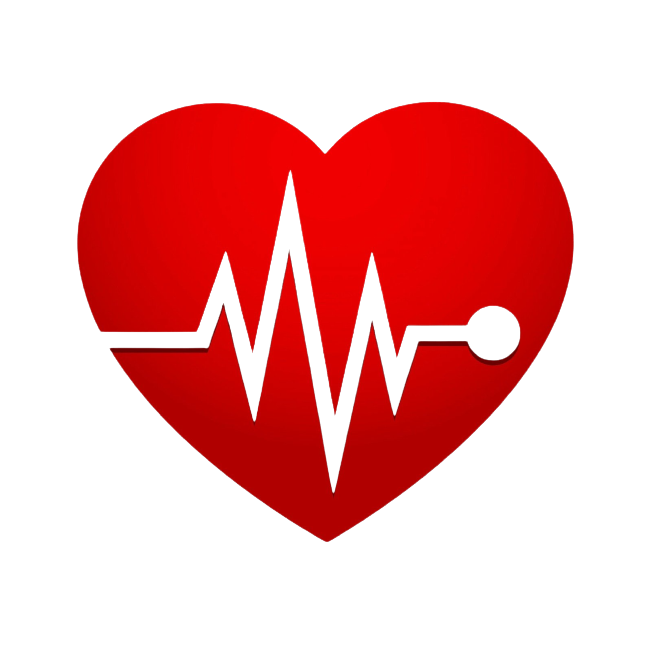We’ve seen it so many times. A young, handsome man rushed into the emergency room with a gunshot wound. A flurry of white coats racing the clock: CPR, the heart zapper, the order for a scalpel. Stat! Then finally, the flatline.
This is Dr. Shoshana Ungerleider’s biggest pet peeve. Where are the TV scripts about the elderly grandmothers dying of heart failure at home? What about an episode on the daughter still grieving her father’s fatal lung cancer, ten years later?
“Acute, violent death is portrayed many, many, many times more than a natural death,” says Ungerleider, an internal medicine doctor and founder of End Well, a nonprofit focused on shifting the American conversation around death.
Don’t even get her started on all the miraculous CPR recoveries where people’s eyes flutter open and they pop out of the hospital the next day.
All these television tropes are causing real harm, she says, and ignore the complexity and choices people face at the end of life.


Lord of the rings… What’s his fave fights “unbeatable orc’s”, kills a dozen or so, gets shot with an 1/2" thick arrow in the chest, kills another 3 or so, takes another arrow in the chest, kills some more orc’s, takes another few unbeatable orc’s, takes another arrow and finally starts slowing down.
I know, I know, I know, it’s a movie but seriously? Is it that hard to have a tiny about of realism?
The character’s name is Boromir.
What do you think would be the mechanism of death when he gets hit by an arrow? Even bullets rarely kill instantly. Bullets stop people because they hurt and people go into shock. A properly trained soldier absolutely is capable of continuing to fight through this. Short of a head shot, the most likely mechanism of death is blood loss, which takes a little time. When. Boromir dies, he is ashen pale the way a person with catastrophic blood loss would be. I think that death scene is more realistic than you realize.
LOTR in general was written by a person who had spent some time in WWI trenches.
It may not be very specific on the issue of Aragorn’s pants’ existence, but touches a few times on how death smells and on wounds and how easy it is to die.
IIRC not a lot of time has gone since the party discovered Frodo’s disappearance, went searching for them, then the younger hobbits and Boromir encountered Orcs, and then Aragorn heard Boromir’s horn and ran down to find Boromir dying and have a short conversation.
I suspect the original comment’s author just isn’t familiar with that book, having seen only that movie with plenty of CGI.
I like that wounds are a big deal in LOTR. Frodo is stabbed in the chest and it’s a life threatening crisis. Granted, it’s with a dark blade, or whatever. But just like in real life, surviving that wound is several weeks of care, it never really fully heals and still bothers him decades later. They are very clear that 100% of surviving a battlefield is doing your best to not get wounded in the first place. Even exposure to elements threatens the lives of Frodo and Sam near the end in ways that are almost never portrayed in fantasy works.
It also shows early that traveling on foot is hard, that you need food to survive, that cold weather can be murderous, that drinking bad water can be dangerous, and that trying to be smarter than the road you’ll get lost.
Also shows effects of old age and PTSD well.
And it shows age as something very different from mainstream popular culture, where the best part of life happens somewhere in 18-23.